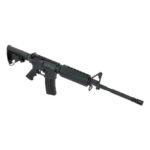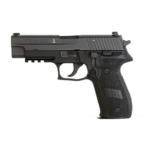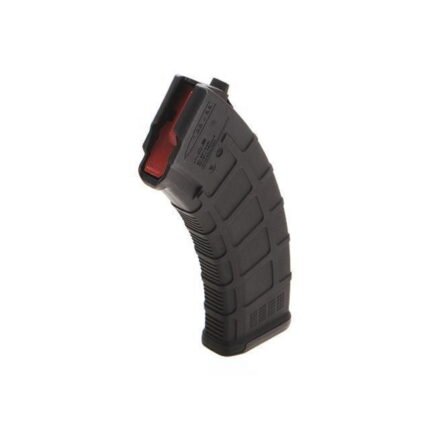CENTURY ARMS VSKA AK47
$971.99
HECKLER-KOCH MP5 .22LR 8.50″ 25RDS, FLAT DARK EARTH
PSA PA-15 CLASSIC AR-15 RIFLE 5.56 16″ NITRIDE M4 CARBINE, BLACK
Ruger 10/22 Carbine
$201.99
 RIFLES
RIFLES PISTOLS
PISTOLS SHOTGUNS
SHOTGUNS
$4.99
Safety Selector and Detent Pin for 3D printed builds or replacement parts
The AR-15 is a popular and versatile rifle platform known for its modularity and adaptability. Among its many components, the safety selector mechanism plays a crucial role in ensuring the firearm operates safely and reliably. Two key components of this mechanism are the safety selector spring and detent pin. Understanding their functions, installation, and maintenance is vital for proper firearm operation and safety.
Regular Inspection:
Cleaning:
Lubrication:
Replacement:
Safe Storage:
The safety selector spring and detent pin are crucial components of the AR-15’s safety mechanism, ensuring that the firearm operates safely and reliably. Proper installation, maintenance, and care of these parts are essential for maintaining the functionality and safety of your firearm. By understanding their roles and following best practices for installation and upkeep, you can enhance the performance of your AR-15 and ensure a secure and dependable shooting experience.
For more information, visit our Blog. Learn about the rules and regulations for firearms under the National Firearms Act (NFA). To understand our country’s gun regulations further, explore the details provided by the Gun Control Act (GCA).


We are pleased to offer shipping via UPS Ground or 2-Day Air for all items.
We are committed to ensuring your satisfaction. If you find any non-firearm merchandise defective upon receipt, we will gladly accept returns and provide your choice of a replacement item (subject to availability) or a full refund. Please note that Arm Safe Supply cannot be held responsible for items damaged during shipping. In such cases, we kindly ask you to file a claim with the carrier. Should you receive a defective item, please call us immediately at +1 713 766 9931 to request a return label.
We kindly request that you thoroughly inspect all firearms before proceeding with the transfer. Once a new firearm is transferred to you, it is considered used, even if it remains unfired. As a result, we are unable to provide a full refund for new firearms after they have been transferred into your possession. Please note that we do not reimburse FFL transfer fees on returned items.
We understand that some manufacturer defects may not be identifiable during the initial inspection. If you discover a defect after the transfer, the firearm must be returned directly to the manufacturer for replacement or repair in accordance with their warranty policy. This approach allows you to avoid the additional transfer fees associated with returning the firearm to us through your local FFL dealer.
Please do not send defective firearms directly to Arm Safe Supply. Manufacturer-repaired firearms can be returned directly to you without additional FFL transfer or associated fees. However, if the manufacturer decides to replace the firearm, the replacement must be transferred through your local FFL dealer to document the new serial number.
Please note that all ammunition sales are final.
By using and ordering from our site, you agree to these terms. We appreciate your understanding and thank you for your cooperation.
This is the Full-Size Grip Module in Black for any P320 FCU. It will fit 9mm, 40SW, 357SIG (Not 45ACP). Choose your desired size.
Perfect for your custom P320 build! Accepts 17rd 9mm magazines (or 14rd .40/.357 magazines).
No additional parts are included!
Includes: 1 Full-Size Grip Module (Black) with magazine catch.
This is the newly released Wilson Combat Grip Module in Black for any P320 FCU. It will fit 9mm, 40SW, 357SIG (Not 45ACP). Will function with any length slide. Full size slide will extend past the rail, Carry or Compact slides will be flush with the grip rail. Internal slots allow for the addition of rod-style weights.
Perfect for your custom P320 build! Accommodates full-size magazines or longer (17RD 9mm or 14RD .40SW).
No additional parts are included!
Includes: 1 Wilson Combat Carry Grip Module (Black) with OEM magazine catch.
No account yet?
Create an AccountYou must be 18 years of age or older to view page. Please verify your age to enter.
Your access is restricted because of your age.